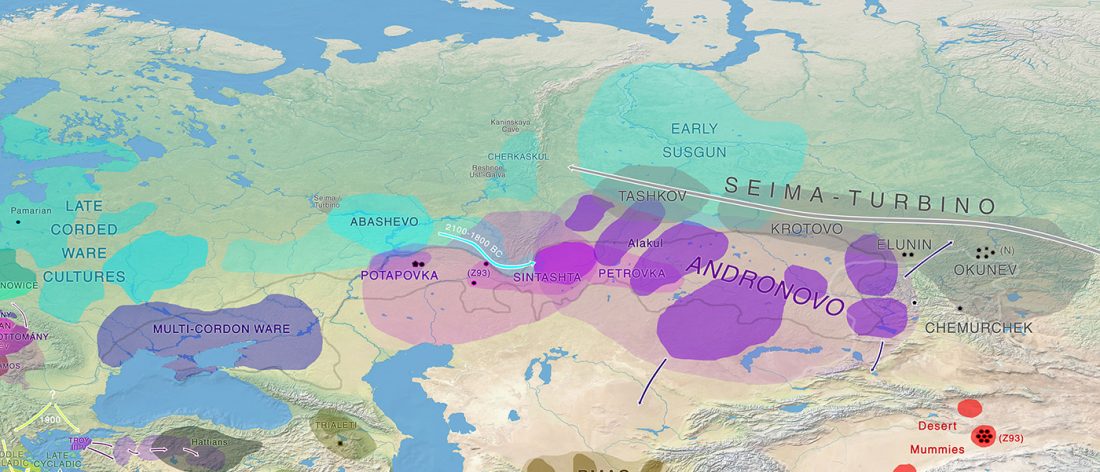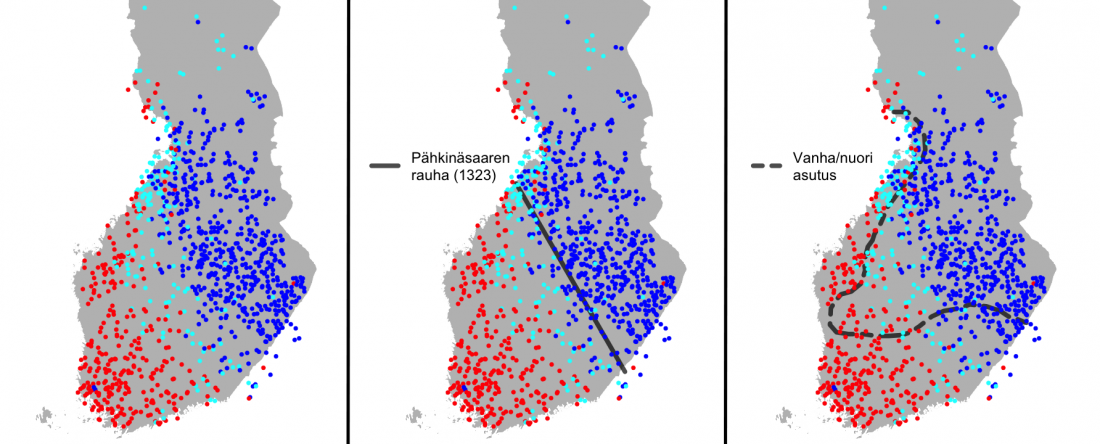Recent chapter The Indo-Europeans and the Non-Indo-Europeans in Prehistoric Northern Europe, by Petri Kallio, In: Language and Prehistory of the Indo- European Peoples: A Cross-Disciplinary Perspective, Copenhagen (2017).
Interesting excerpts (emphasis mine), especially when read in combination with the most recent papers on Early Indo-Iranian, Corded Ware, and Fennoscandian genomes:
… Read the rest “On Proto-Finnic language guesstimates, and its western homeland”Like the Indo-Europeanists, also the Uralicists suffer from their “school who wants it large and wants it early”. This time, however, the desired homeland is even larger and earlier, covering the whole northern half of Europe already at the end of the



